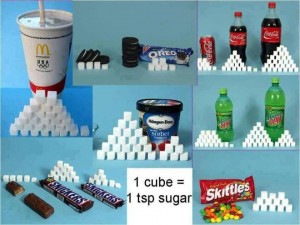Dr Nishan Dixit
Latest posts by Dr Nishan Dixit (see all)
- Dr Dixit is the new President of British Academy of Cosmetic Dentistry - 28 May 2020
- Does Invisalign hurt? - 9 March 2020
- How Long Does Invisalign Take? - 27 February 2020
If you are researching straightening crooked teeth then you will know that there are a wide variety of options available from Invisalign or lingual braces to straighten crooked teeth invisibly, through to the Inman aligner which has the ability to straighten crooked teeth very quickly, right the way up to conventional fixed orthodontics which can straighten the most severely crooked teeth.
But did you know there are also quicker and simpler ways to straighten a few crooked front teeth?
Dental bonding and dental veneers can also be used to give the illusion of straighter teeth, but who does this type of teeth straightening? A dentist or orthodontist?
Difference between cosmetic dentistry and orthodontics
Orthodontics is very often thought about into distinct ways:
- Functional orthodontics – This type of orthodontic treatment is because the teeth don’t bite together properly or there is some dramatic malocclusion which means there are additional problems such as jaw joint pain, headaches or the inability to eat and chew. There may or may not be cosmetic elements to this treatment.
- Cosmetic orthodontics – This type of orthodontic treatment is primarily driven by a desire for the teeth to be straighter and look better, there may or may not be functional elements to this treatment.
Turning our attention to cosmetic dentistry, this is generally considered a treatment modality whereby we look to improve the appearance of the patients’ teeth, always taking into account the function.
Cosmetic dentistry has a range of treatments which can be used to fulfil that requirement, typical treatments could include:
- Straightening crooked teeth
- Rebuilding worn down or damaged teeth
- Whitening dark teeth
As you can see, straightening crooked teeth is one of the treatments used within cosmetic dentistry… And this could definitely include orthodontics.
In summary, orthodontics can be cosmetic in its nature and cosmetic dentistry can include orthodontics as part of the treatment to design a new smile.
How can veneers straighten crooked teeth?
Dental veneers can be made from a variety of materials including high-strength porcelain and composite resin. Most of the time veneers don’t actually straighten the tooth moreover, they give the impression of straightness when viewed from the front.
Straightening your tooth with a veneer is usually done when there are only a couple of teeth that are crooked.
Looking at this photograph from the front, if you look at the 2nd tooth from the centre on the right-hand side (this will be the patient’s left) you can see that this lateral tooth is rotated in as well as being misshapen.
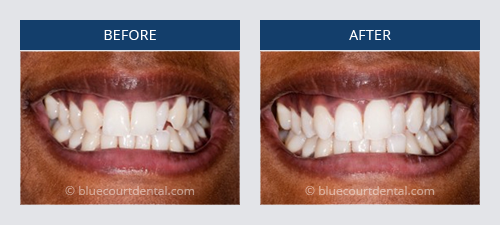
A simple way to correct this misshapen and crooked tooth was to create an immediate dental veneer using a composite resin. This creates an instant result. In this case even if the tooth was moved with orthodontics it would still have been misshapen and required some bonding to achieve the full cosmetic result.
It’s also possible to correct more crooked front teeth with dental veneers, there are however some advantages and disadvantages:
Advantages of straightening crooked teeth with veneers
- Quick – Can also be instant if composite resin bonding is used.
- Can change the tooth colour.
- Can change the shape of teeth.
Disadvantages of straightening crooked teeth with veneers
- May require removal of healthy tooth structure in order to accept the new veneer.
- Can, in some circumstances mean the tooth is quite thick due to the fact there is a natural tooth with a veneer bonded on the surface.
- May need replacement at a later date as gums naturally resorb.
- Can be susceptible to fracture.
Who does veneers, a dentist or orthodontist?
Now that we know that dental veneers can be used to straighten crooked teeth, who does them, a dentist or orthodontist?
In almost all circumstances it will be a dentist that undertakes the treatment of veneers. Generally speaking an orthodontist will be a specialist and dedicated solely to orthodontic treatments.
What can a cosmetic dentist do?
A cosmetic dentist will primarily be looking at resolving dental problems, rather than trying to prescribe a specific treatment… Therefore a cosmetic dentist can:
- Straighten crooked teeth.
- Whitening dark teeth.
- Rebuilt broken down, damaged or misshapen teeth.
- Replacing missing teeth.
To do this, they use a range of specific treatments such as:
- Dental veneers – These can either be a porcelain veneer or immediate/direct composite material veneer. These require a small reduction to the front surface of your tooth enamel.
- Teeth whitening – This is often either performed in surgery or at home.
- Orthodontics – Usually simpler orthodontics are performed by the dentist with more complex cases being referred to a specialist orthodontist.
- Dental Crowns – Crowns are often used to restore teeth damaged by decay, ageing or trauma.
- Dental bridges – Used to replace missing teeth.
- Dental implants – Used to replace missing teeth.
At the same time as this there will also be looking out for your oral health to ensure that either your current or desired situation doesn’t compromise it.
There is therefore a wide range of skills utilised by cosmetic dentist to help create a beautiful smile for you.
Many cosmetic dentists will also be a member of the British Academy of Cosmetic Dentistry (BACD), this is an organisation which seeks to help dentists achieve excellence in their cosmetic dental practice.
What is the process for a smile design?
The process with any dental treatment will always start with the patient. The concept of keeping the patient in complete control throughout is incredibly important for modern cosmetic dentists.
The smile design process will usually be something along the following lines:
- Initial consultation to discuss your requirements.
- Assessment of dental health, this is to ensure that your teeth and gums are in a good enough condition to begin cosmetic treatments that will then look good, function well and last.
- Basic treatment planning, this will then give you a range of options for how you can achieve your desired result, this should also include a full treatment plan and pricing structure.
- Diagnostic stages – This may include combinations of scans, x-rays and study models of your teeth.
- Full treatment planning. From the diagnostic models your dentist and technician will be able to see where your teeth are now and work out the best way to get them looking the way you ideally want.
- Trial smile – In some situations it is possible to provide a trial smile which can clip in over your existing teeth, this is not always possible and is usually only available if you have veneers crowns which require no reduction of your existing teeth, in reality this happens rarely.
- Completed study models. You may not have a trial smile but you should be able to see your full completed smile on a model of your teeth, this will be constructive in advance by the technician. If you are having Invisalign then this is achieved with a digital trial smile known as a Clincheck.
- Tooth preparation – Your teeth may then need to be prepared or trimmed down by the dentist, if they are trimmed then you will be provided with temporarily veneers or crowns.
- Manufacture of your new veneers or crowns.
- Fitting of the new veneers crowns.
- Review of the process and treatment.
As ever, if you have any concerns or questions about straightening crooked teeth with either veneers or orthodontics your friendly dentist in Harrow is always here to help.


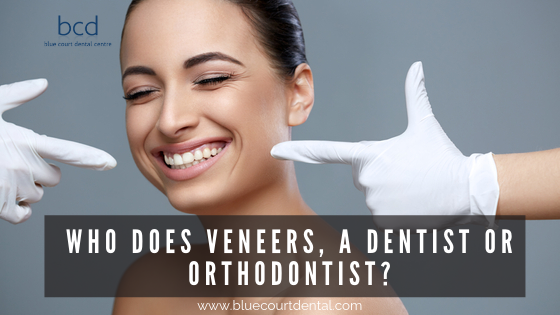
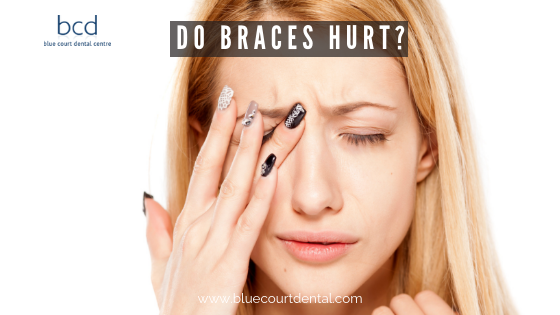
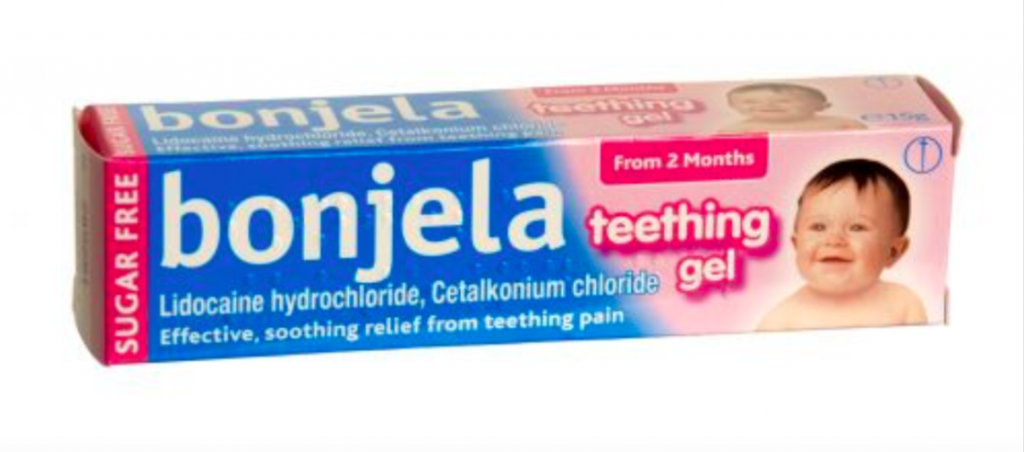
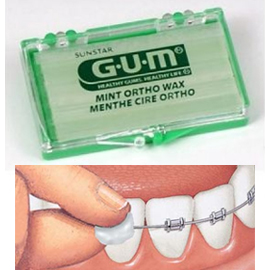
 Dental braces can have a dramatic impact on the way your face looks… If you want them to that is. Your teeth play a large part in supporting your lips and giving the appearance of use, just look at a photograph of someone without any teeth, their lips are wrinkled and they automatically look old even if they are not. Your orthodontic dentist will take this phenomenon into account when planning your treatment.
Dental braces can have a dramatic impact on the way your face looks… If you want them to that is. Your teeth play a large part in supporting your lips and giving the appearance of use, just look at a photograph of someone without any teeth, their lips are wrinkled and they automatically look old even if they are not. Your orthodontic dentist will take this phenomenon into account when planning your treatment.
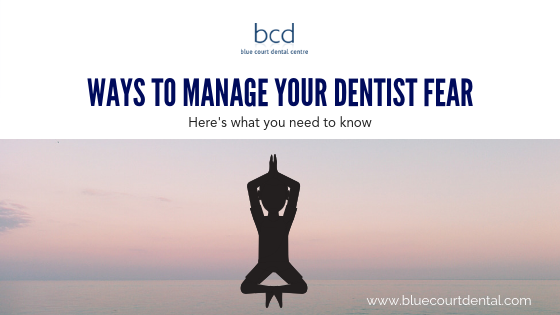
 Your teeth are made up of three primary layers:
Your teeth are made up of three primary layers: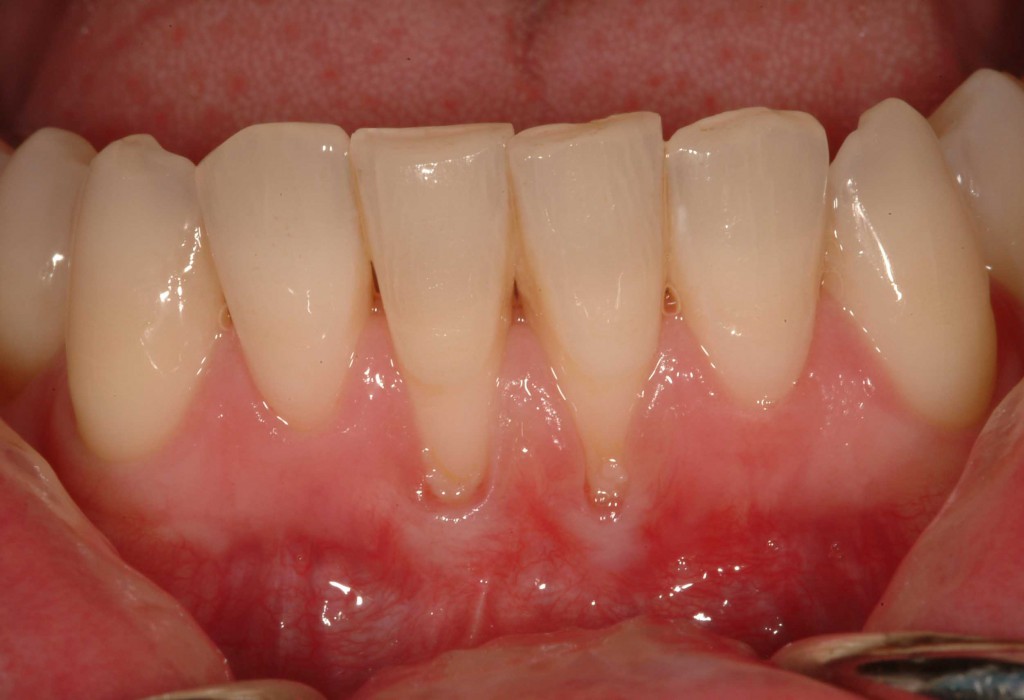
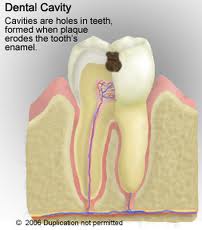 Dental plaque is a soft, sticky film that builds up on your teeth every day. This film contains millions of bacteria and as these bacteria feed on the
Dental plaque is a soft, sticky film that builds up on your teeth every day. This film contains millions of bacteria and as these bacteria feed on the 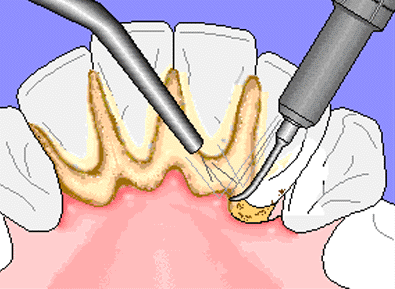 Most dentists invest heavily in technology and equipment to ensure you receive the very best treatment. A clever piece of technology that many dentists use is an
Most dentists invest heavily in technology and equipment to ensure you receive the very best treatment. A clever piece of technology that many dentists use is an 

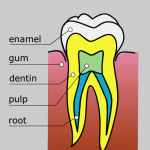 Yes, it’s possible to clean your teeth too much! If you scrub your teeth too much then the gum can recede as it will often become irritated due to the excessive brushing. As the gum recedes it may expose the softer dentine part of your tooth which is lower down towards the root. This part of the tooth is softer than the enamel (a part which you usually see) and is therefore more susceptible to both dental decay and staining.
Yes, it’s possible to clean your teeth too much! If you scrub your teeth too much then the gum can recede as it will often become irritated due to the excessive brushing. As the gum recedes it may expose the softer dentine part of your tooth which is lower down towards the root. This part of the tooth is softer than the enamel (a part which you usually see) and is therefore more susceptible to both dental decay and staining.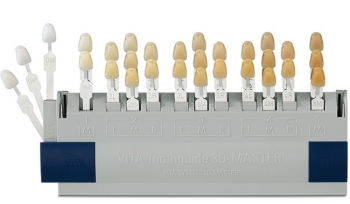
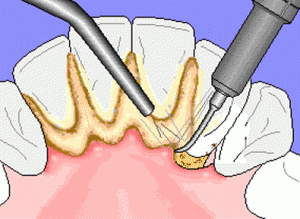
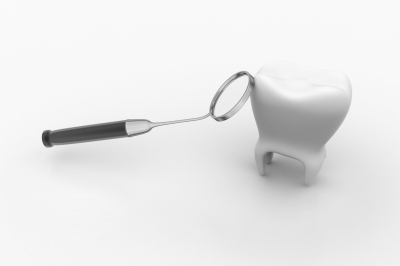
 Maintaining a healthy diet is important for overall body health as well as dental health, but the two are linked. The simplest piece of advice, and probably the most important, is to watch the amount of sugar that your child has in their diet. It’s not just the added sugar (such as on cereal in the morning) it’s the hidden sugar in so many food items particularly
Maintaining a healthy diet is important for overall body health as well as dental health, but the two are linked. The simplest piece of advice, and probably the most important, is to watch the amount of sugar that your child has in their diet. It’s not just the added sugar (such as on cereal in the morning) it’s the hidden sugar in so many food items particularly 
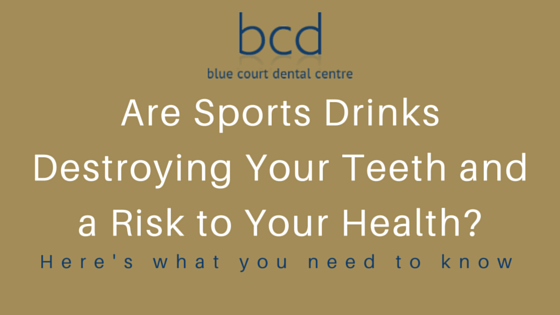

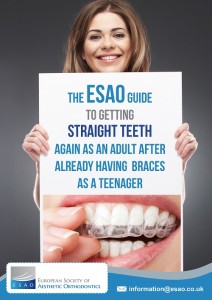
 As the name suggests Six Month Smiles offers orthodontics which take, on average, six months to achieve the new look. The system is fixed using tooth coloured wires and brackets to ensure that no one else knows that you have braces fitted. As with most of these aesthetic orthodontic options Six Month Smiles is only used to straighten the front six teeth, often known as the social six.
As the name suggests Six Month Smiles offers orthodontics which take, on average, six months to achieve the new look. The system is fixed using tooth coloured wires and brackets to ensure that no one else knows that you have braces fitted. As with most of these aesthetic orthodontic options Six Month Smiles is only used to straighten the front six teeth, often known as the social six.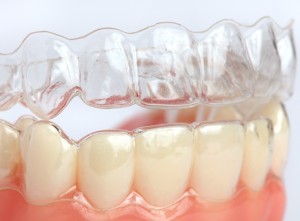 Clear Aligners are exactly that, completely clear. They work by moving your teeth a small amount at a time. You will be provided with a series of aligners which you will typically wear for about two weeks each. Each aligner puts a small amount of pressure on your teeth to move them or rotate them to their new position. Once your teeth have moved a tiny amount you will replace the aligner with the next one in the series.
Clear Aligners are exactly that, completely clear. They work by moving your teeth a small amount at a time. You will be provided with a series of aligners which you will typically wear for about two weeks each. Each aligner puts a small amount of pressure on your teeth to move them or rotate them to their new position. Once your teeth have moved a tiny amount you will replace the aligner with the next one in the series.